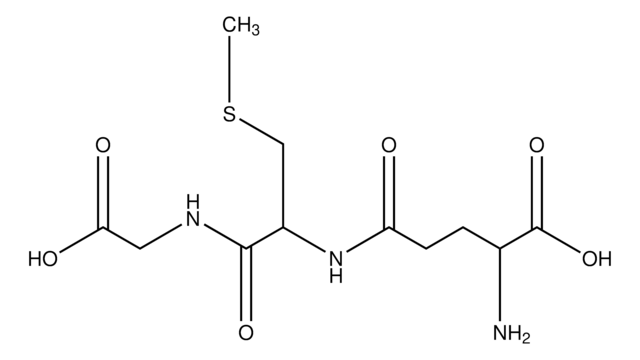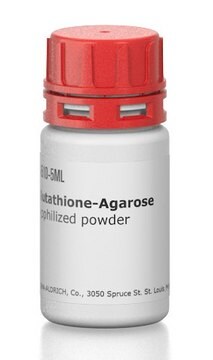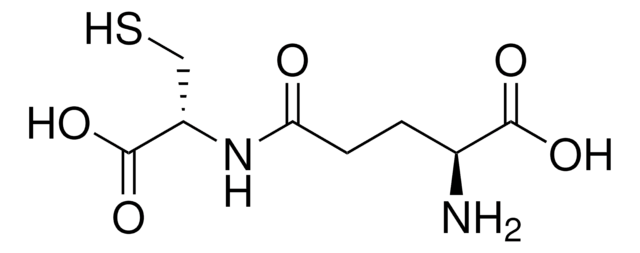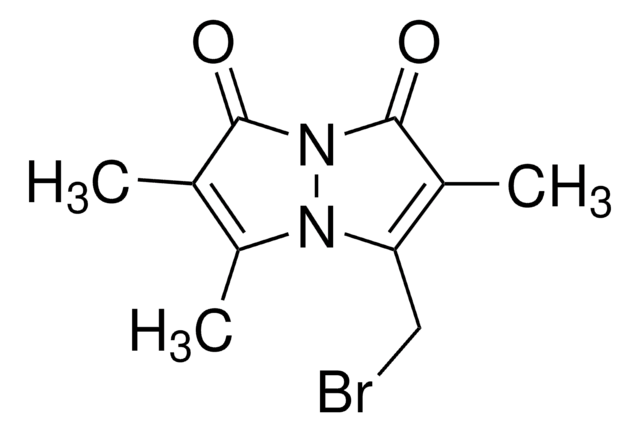H6886
S-Hexylglutathione
>98% (TLC), suitable for ligand binding assays
Synonym(s):
S-Hexyl-L-glutathione reduced
About This Item
Recommended Products
Product Name
S-Hexylglutathione,
assay
>98% (TLC)
form
powder
technique(s)
ligand binding assay: suitable
mp
200-202 °C
storage temp.
2-8°C
SMILES string
CCCCCCSC[C@H](NC(=O)CC[C@H](N)C(O)=O)C(=O)NCC(O)=O
InChI
1S/C16H29N3O6S/c1-2-3-4-5-8-26-10-12(15(23)18-9-14(21)22)19-13(20)7-6-11(17)16(24)25/h11-12H,2-10,17H2,1H3,(H,18,23)(H,19,20)(H,21,22)(H,24,25)/t11-,12-/m0/s1
InChI key
HXJDWCWJDCOHDG-RYUDHWBXSA-N
Related Categories
Amino Acid Sequence
Application
Biochem/physiol Actions
Storage Class
11 - Combustible Solids
wgk_germany
WGK 3
flash_point_f
Not applicable
flash_point_c
Not applicable
ppe
Eyeshields, Gloves, type N95 (US)
Choose from one of the most recent versions:
Already Own This Product?
Find documentation for the products that you have recently purchased in the Document Library.
Our team of scientists has experience in all areas of research including Life Science, Material Science, Chemical Synthesis, Chromatography, Analytical and many others.
Contact Technical Service






